Arms and Equipment: Cleaning the Firelock, part 2.
This installment of Arms and Equipment will be focused on surface treatments forIron, Steel and Brass.
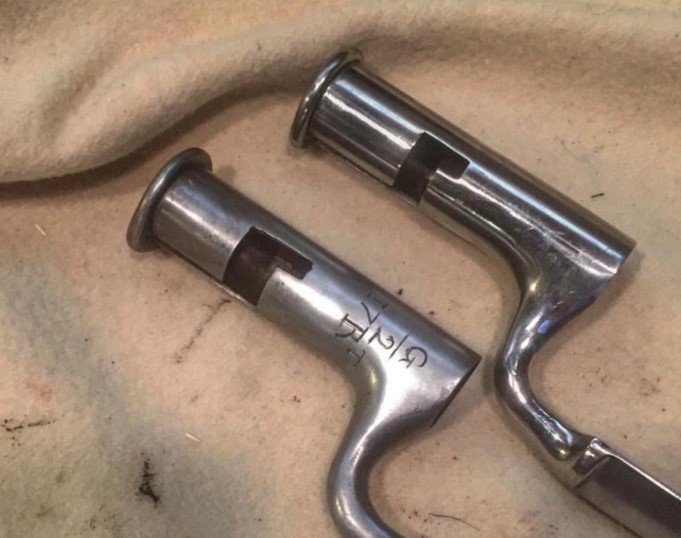
Two Reproduction Bayonets likely made in the same factory overseas. Typically, many reproduction arms are mirror polished, inconsistent with known artifacts, and tools used by soldiers of the American Revolution. Cleaning arms correctly can be a very cheap way to begin “de-farbing” your firelock.
In 1786, Oxford Militia Serjeant Major Henry Trenchard published a pamphlet entitled “The Private Soldier and Militia Man’s Friend”. The Volume is an interesting look into the ordinary, day-to-day maintenance necessary for service in the militia or the regular Army. Just over 30 pages, Trenchard devotes half of the work to maintaining cleanliness of arms, accouterments and uniforms and contains valuable recipes and techniques used by the ordinary enlisted soldier:
“First you must provide yourself with a hand-vice, screwdrivers, rubbing sticks, and leather free from grease, oil, emery, crocus martis, &c. The rubbing sticks for the arms should be made of deal wood of different sizes,, with leather glued on in the following manner: Make the rubbing sticks very smooth, and on one side of it lay down the hot glue, and on this lay your leather and press it down; then lay some glue on the leather, and on that lay some emery, and press it a little into the glue, them be well dried; with this use oil and emery, brick dust &c; if you apply them properly by rubbing the arms well, they will give your arms a smooth surface you are next to proceed to polish them; take crocus martis, and clean dry leather, rub the part which you want to polish until it is warm, when it will acquire a very fine darkgloss”
Trenchard’s above description of the rubbing sticks, serve as polishing strops, used in sharpening and polishing metal. A hint of what these may have looked like is from the Diderot’s Encylclopédie depicting tools from the cutler or Coutelier. One of those tools, described as a cuir à repasser, which was a “leather board” for polishing.

Another example of such a tool is in the French manufactured traveling case of Frederic Franck de la Roche, who served as an aide-de-camp to Marquis de Lafayette, in the collection of the Maryland Historical Society. From the original pasteboard case, it is clear that the strop was to be used with polishing razors for shaving.
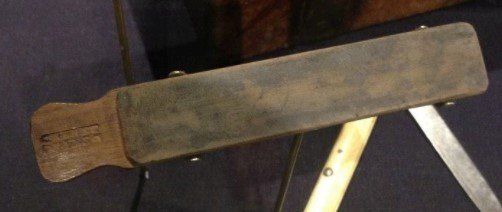
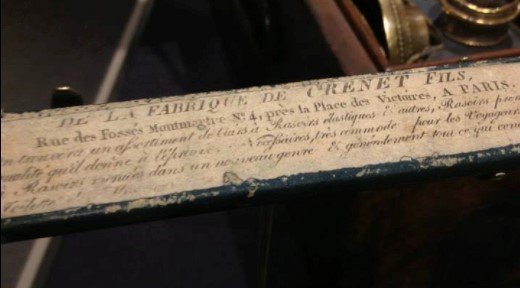
A few years ago I made this little strop, with a piece of scrap wood. Contact cement is a good adhesive if you’ve never used hide glue before. I used a piece of buff leather. I made it small to easily fit in any type of cartridge pouch, or pocket.
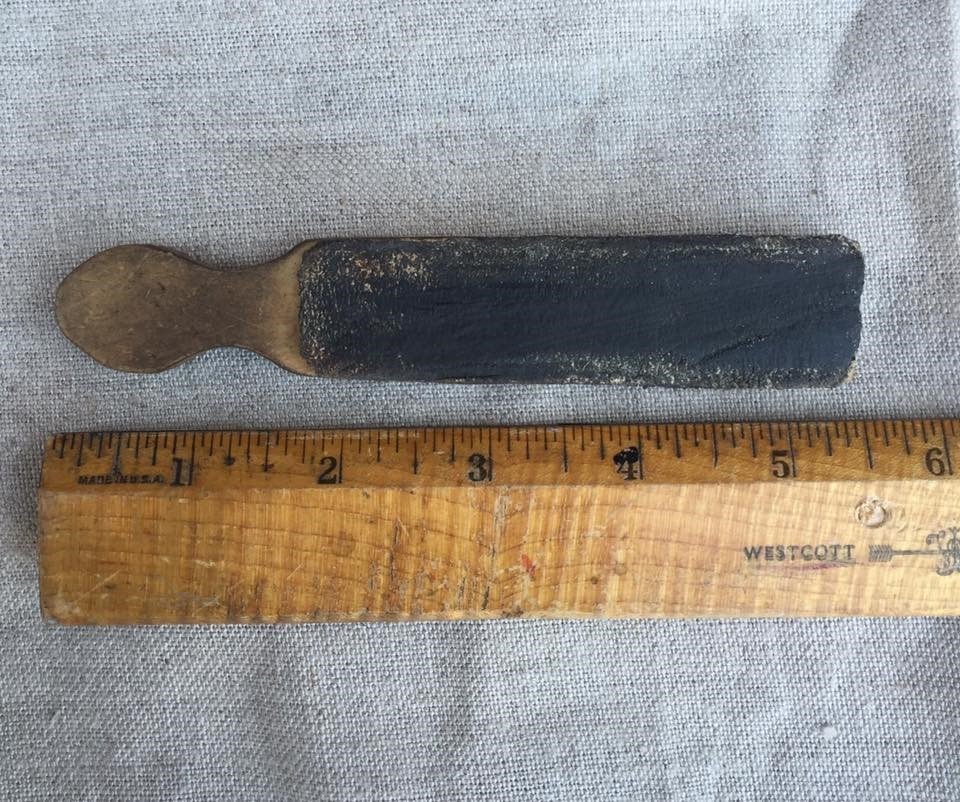
Such polishing boards/strops can be extremely useful in getting metal mirror bright. However, such a finish is unnecessary to strive for during ordinary cleaning “in the field.” All that is needed is oil, leather scraps, linen scraps or tow, and brick dust.
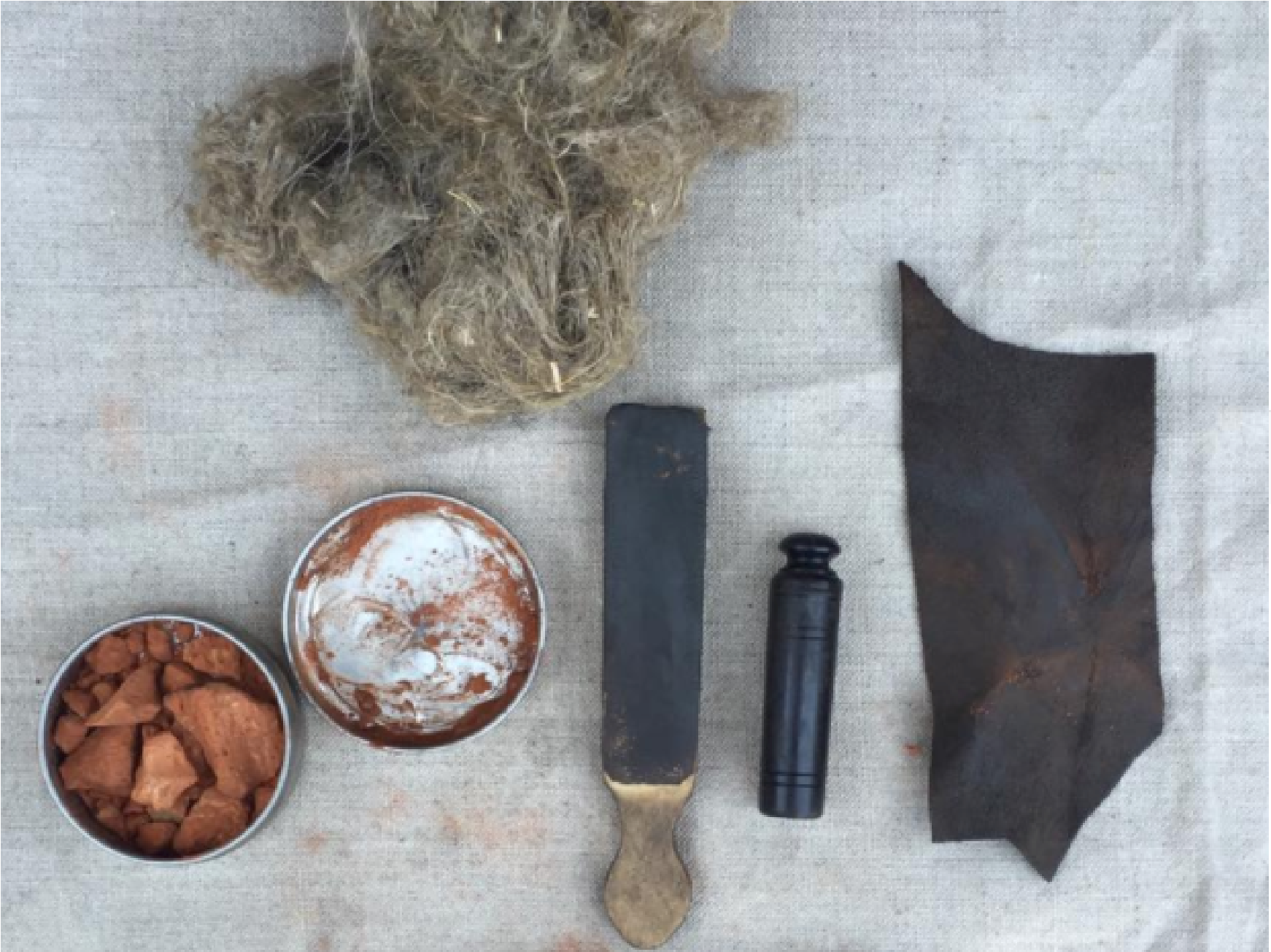
First, take two small pieces of brick and rub them together, collecting the dust in a small container. Take your Leather and/or strop and apply a little oil. Apply brick dust into leather by dipping or sprinkling; rub in a circular motion throughout the entire surface you wish to polish.
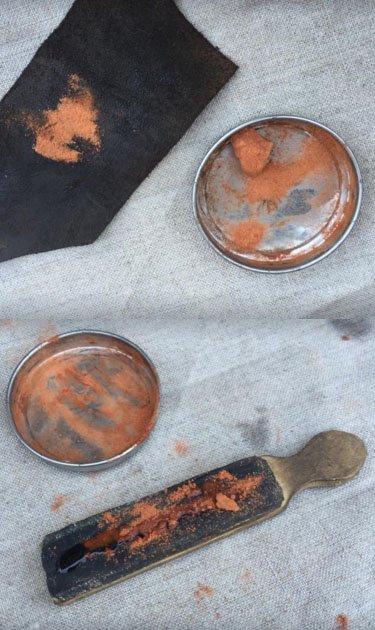
The Strop is very useful for flat surfaces, and areas of heavier rust. The leather scrap is very useful in curved and hard to reach areas. Experiment with your own techniques. For bigger polishing jobs a “paste” made from oil and brick dust can be very convenient. The more you polish the better it looks!
Sword before polishing:
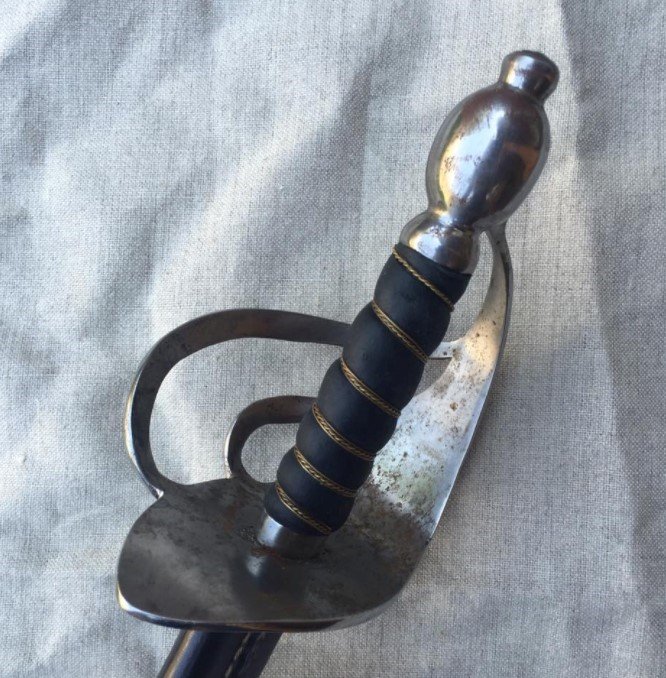
Typical light rust from carrying in the field.
Sword after polishing:
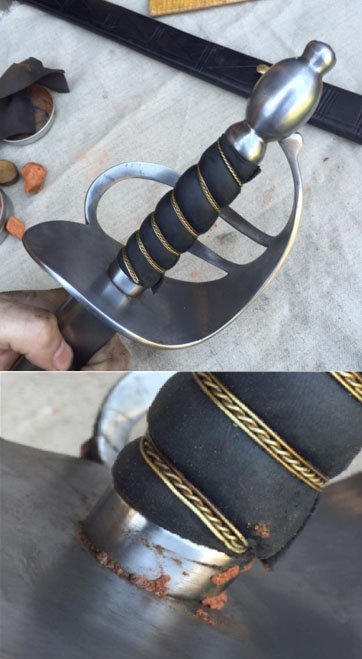
Once complete, wipe down with a piece of tow, or scrap linen, cleaning out tight spots of brick dust.
Repeat as necessary. A final polishing option is to use rotten stone (a Google search revealed many places to purchase) in a similar manner on a separate clean piece of leather for a final polish, or as Serjeant Major Trenchard put it “a very fine gloss”.
After handling, a quick wipe-down with a lightly oiled rag will help keep rust fromdeveloping.
Thanks to Google Books, Trenchard’s book is available for free online:Google Books

ANDREW KIRKhas been involved with American Revolutionary War living history since the age of 13. Taking an interest in material culture of the British Army has led to creating reproductions of artifacts for TV, Film and Museum Projects. Trained as a fine artist and educator at Maryland Institute College of Art and has been a secondary art teacher in Maryland for 7 years.

